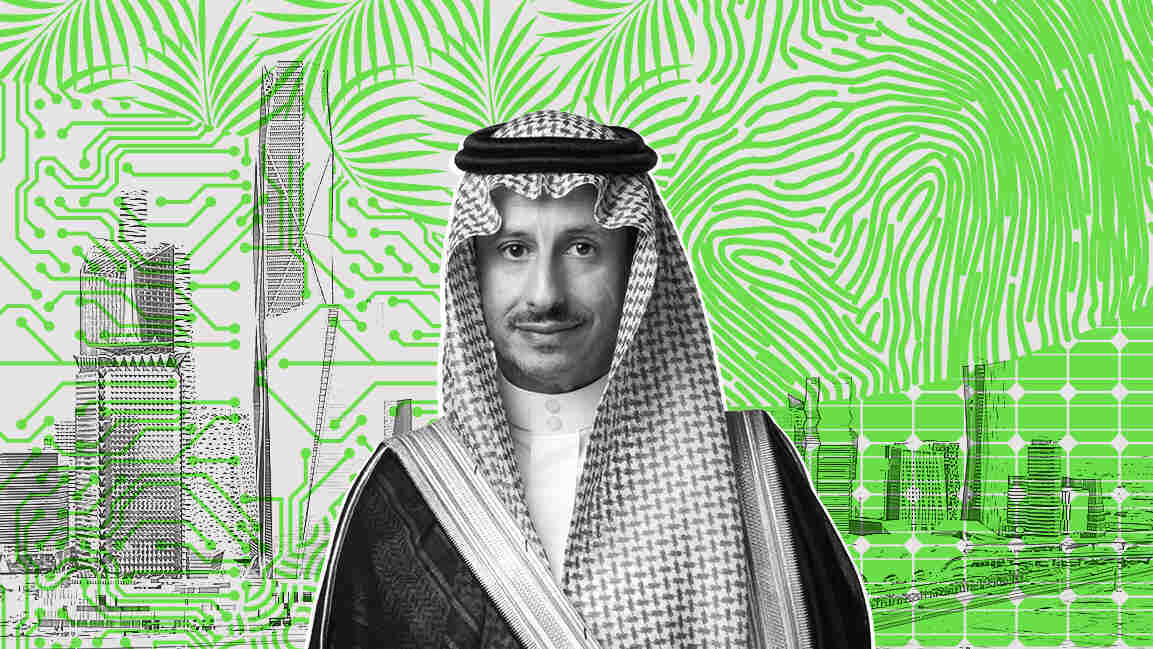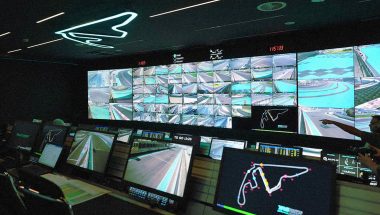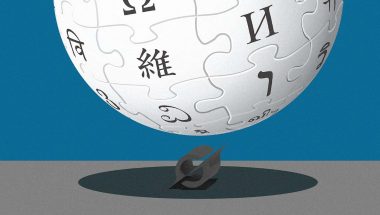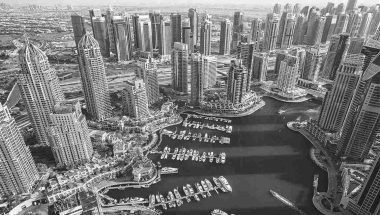- | 9:00 am
Is the Gulf’s investor ecosystem capital-rich but opportunity-poor?
While GCC investors are now aiming to reduce their international investments, deploying capital effectively within the region presents some unique problems.

In 2024, Abu Dhabi’s Mubadala Investment Company accounted for about 20% ($29 billion) of the almost $136.1 billion spent by sovereign wealth funds worldwide. Saudi Arabia’s Public Investment Fund’s investment spending was about $19.9 billion. Overall, the Gulf’s sovereign wealth funds, managed by the governments of Abu Dhabi, Qatar, and Saudi Arabia, invested about $82 billion in 2024.
Fueled by robust oil revenues and diversified portfolios, the GCC’s sovereign wealth funds and institutional investors are awash with liquidity and channeling rising volumes of capital overseas, cementing their role as major global investors.
In recent years, PIF has taken high-profile stakes in global brands such as Uber, Lucid Motors, and Nintendo while also backing sports ventures such as LIV Golf and Newcastle United
As of early 2025, GCC sovereign wealth funds collectively manage approximately $5 trillion in assets, with projections estimating growth to $7 trillion by 2030.
No wonder top global businesses are constantly in dialogue with Gulf investors about potential investments. Regional investors are also speedily investing in AI companies around the world, like OpenAI. Recently, Qatar Investment Authority, the $500 billion sovereign wealth fund, invested in Anthropic, which named the Qatar Investment Authority a “significant” investor in a $13 billion financing round.
In May, Kuwait Investment Authority’s Managing Director Sheikh Saoud Salem Abdulaziz Al-Sabah said at an investment conference in Doha that Kuwait has been investing in the US market for a “long time” and that “won’t change”.
UNIQUE PROBLEMS
While GCC investors are now gradually aiming to reduce their international investments, experts say deploying capital effectively within the region presents some unique problems.
According to Yacine Zarrouk, MD of Ardian, Abu Dhabi, the GCC has “some cultural particularities, nuances, and challenges”. In terms of investment, he says, “they are mostly executional rather than existential. Limited deal flow at scale, high valuations, minority ownership risks, and evolving regulations can make it harder to deploy capital quickly.”
The investible universe is still maturing, says Shivkumar Rohira, CEO, EMEA at Klay Group. “Many sectors remain dominated by state-owned enterprises, and private market opportunities are often fragmented or lack the scale and governance standards required by sophisticated investors.”
Additionally, regulatory frameworks, though improving, can vary significantly across jurisdictions, adding complexity to cross-border transactions. “As a result, capital often flows outward in search of more structured, scalable opportunities,” Rohira adds.
Meanwhile, with an oil price at $60 per barrel, below the break-even oil price of GCC budgets (at the time of writing), Damien Balmet, Investment Consulting Partner at Mercer Middle East, says some GCC economies are taking a more precautionary approach to deploying capital and spending time on portfolio management activities.
“It is a natural move for Saudi Arabia to shift its focus toward nurturing these investments after a long period of capital deployment and investment into many new companies.”
“Family offices, on the other hand, still have a diversification agenda and explore alternative investment options outside of the region,” he adds.
SCARCITY OF QUALITY DEALS?
A common refrain is that while there is excess liquidity, relatively few companies in the GCC meet the scale, governance, and transparency standards investors require. To overcome scarcity, firms are expanding their focus—looking at cross-border deals, alternative asset classes (venture capital, infrastructure, green energy), or earlier-stage investments.
Is there a scarcity of targets? Not really. It is more a mismatch of scale, governance standards, and timing.
While investors seek innovation, scalability, and institutional-grade governance, many regional assets remain fragmented or family-run, lacking the readiness for large-scale deployment. Rohira says, “For dealmakers, this means navigating valuation gaps, structuring creative partnerships, and often playing a developmental role helping businesses mature into investible entities that meet global standards.”
Dealmaking now requires flexibility and resourcefulness, says Zarrouk. “For example, relying on large co-investments and co-underwriting to bridge size, control preferences, and bring flexible credit solutions to smooth pricing gaps. Topical sector thematics also help convert appetite into action, as exemplified by our regional partners anchoring European semiconductor investments that ensure both strategic relevance and industrial depth.”
He adds that these conditions favor longer-term strategic pipelines over one-off deals and reward teams that can mobilize capital quickly via collaboration.
Investors are also more selective. “Vision-led projects across sectors such as technology, logistics, and healthcare, are attracting local and international capital,” says Meshal AlFaras, Head of Middle East, Africa, and Central Asia at Janus Henderson. “For dealmakers, this could mean moving beyond traditional models and building partnerships aligned with national priorities.”
This creates a more strategic environment for dealmaking, he adds.
CAUSING A MISMATCH
Another unique aspect of the region is that GCC entrepreneurs typically prefer to build empires rather than sell assets, especially when these assets are profitable. “They find no reason to sell down their ownership stake if the business is profitable,” says Balmet. “As a result, it constrains the potential pipeline for other investors. Some countries, like Saudi Arabia, have pushed the Venture Capital agenda with the establishment of VC vehicles, leading to the emergence of many startups, which now need to find capital for their next growth stage. And this is where fewer capital providers are active in the next phase of growth, which is causing a mismatch.”
The current mismatch between capital and investible assets reflects a transitional phase in the GCC’s economic evolution.“It signals untapped potential rather than stagnation,” says Rohira. “As governments advance diversification agendas and support private sector growth, new sectors like clean energy, fintech, and advanced manufacturing are emerging. If investors remain patient and strategic, this phase can catalyze long-term resilience, deepen capital markets, and foster a more dynamic, innovation-driven economy.
Experts reiterate that there’s nothing inherently wrong with the market. When capital is abundant, insisting on higher-quality assets, clearer governance, and better-aligned structures or know-how raises the bar for everyone. At the same time, alignment with global best practices creates more resilient markets.
“The GCC is shifting from opportunistic investing to structured, long-term capital deployment,” says AlFaras. “These dynamics strengthen market fundamentals and reinforce the region’s role as both a source and destination of institutional capital.”
Meanwhile, the growth of secondaries provides a release valve, recycling capital and supporting market depth through every cycle phase, says Zarrouk. “A broader, more diversified investor base across geographies and channels strengthens resilience and sustains momentum behind diversification priorities. In short, these conditions force businesses and investors to be more scrupulous in decision-making and structuring deals.”
A BALANCED APPROACH
While there’s no silver bullet approach to boosting investment in the local economy in the short term, a long-term investment strategy in the GCC must be rooted in the region’s transformation journey. Capital should be directed toward building institutional depth, strengthening governance, transparency, and talent to broaden the investible landscape.
The strategy should also combine regional depth with global diversification, prioritizing sectors aligned with national strategies such as food sustainability, education, global logistics and transportation, clean energy, infrastructure, semiconductors, and advanced manufacturing.
Zarrouk suggests combining direct ownership with co-investments to scale high-quality platforms. “Now, you can use flexible credit and continuation vehicles to hold winners longer and use secondaries to manage liquidity without sacrificing selectivity. Expand local operating networks to help portfolio companies enter the region, localize value creation, and exchange know-how. This can be complemented by widening access through evergreen and tailored vehicles so private wealth can complement sovereign and institutional capital.”
According to AlFaras, the GCC’s liquidity is a strength, and recent
regulatory reforms, deepening capital markets, and expanding private sector participation are removing historical barriers. “Saudi Arabia and the UAE, in particular, now provide transparency and investor access that rivals developed markets. Today’s focus is less about barriers and more about matching capital with the right long-term opportunities.”
Strengthening domestic investment through GCC-focused funds and deeper collaboration with international partners is vital. Yet the most effective approach will be to balance regional conviction with global diversification, underpinned by policies that unlock sustainable, high-impact growth across the region.
“To unlock the full potential of regional investment, we need to deepen market ecosystems, foster transparency, and support the growth of institutional-grade enterprises that can absorb and deploy capital efficiently,” says Rohira.






































